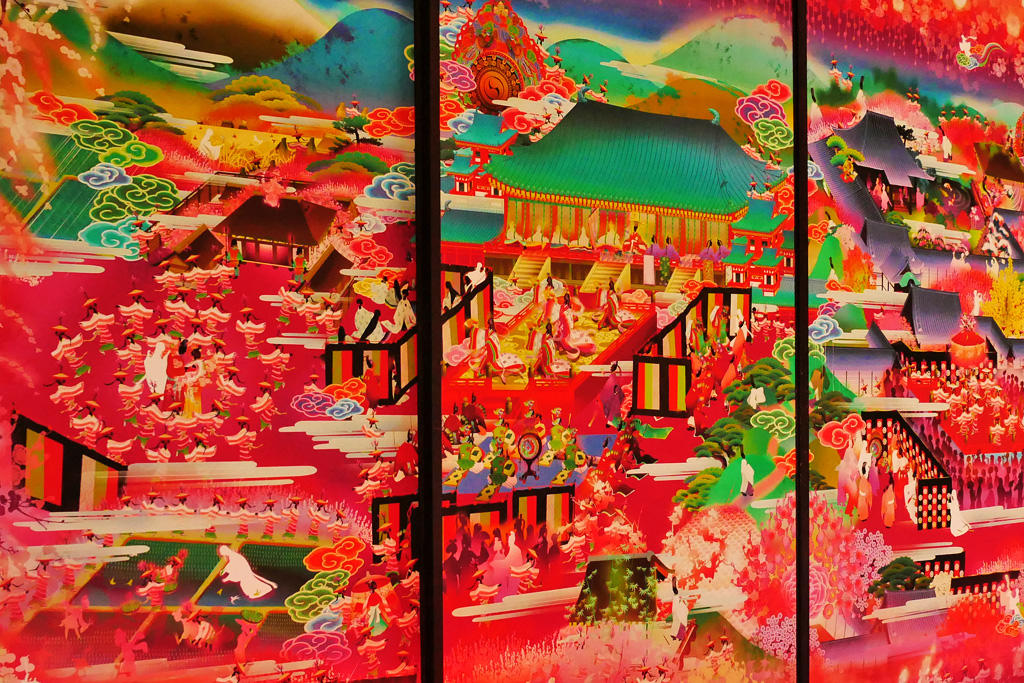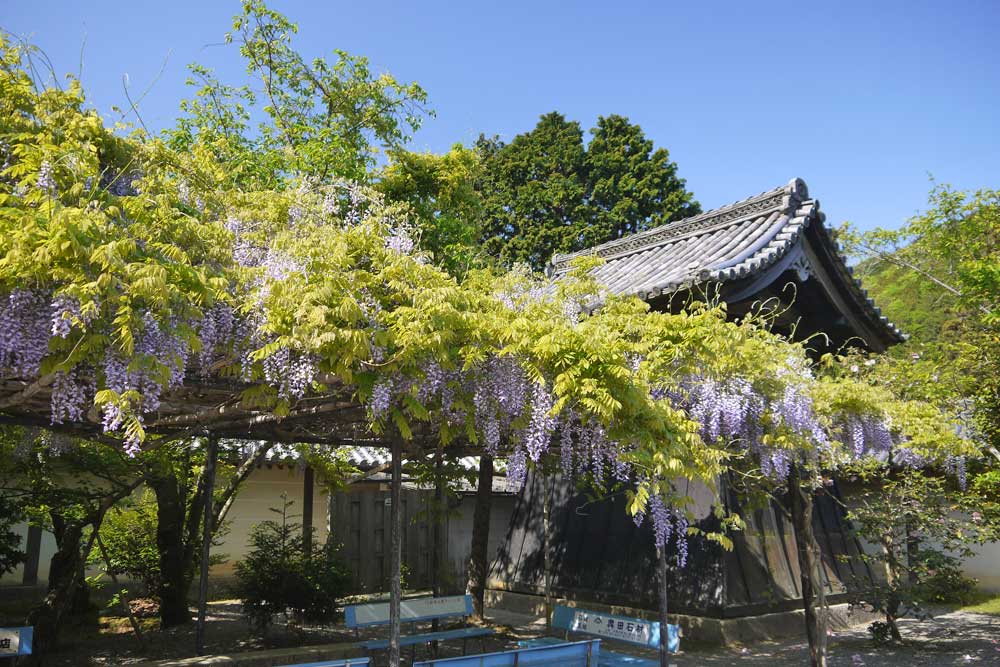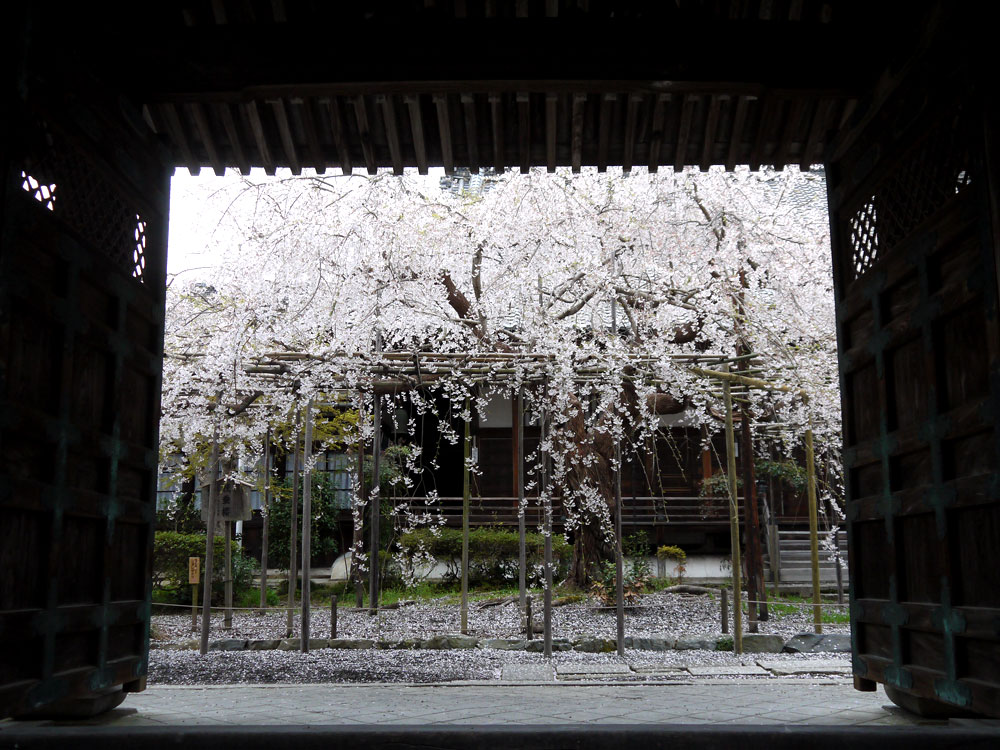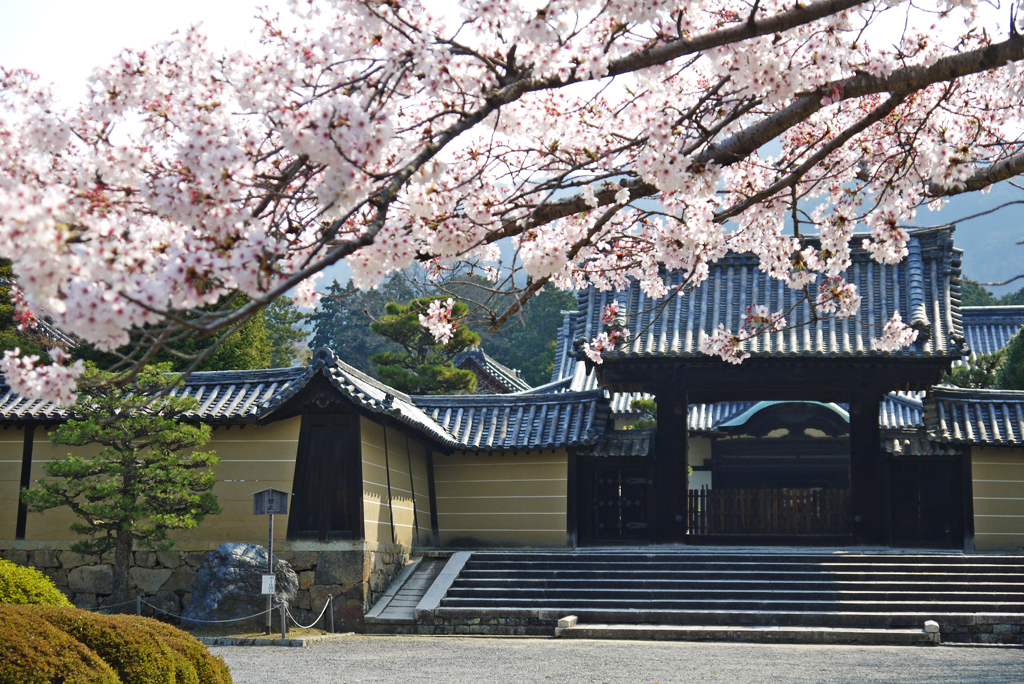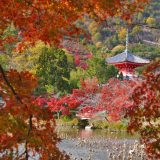

Table of Contents
What is Bishamondō Hall?
Bishamondō Hall has a long history. It was built in 703 at the request of Emperor Monmu. Bishamondo enshrines the principal image created by Dengyo Daishi, the founder of the Tendai sect of Buddhism, and is currently one of the “Gokamuro-monzeki” of the Tendai sect of Buddhism, where members of the Imperial family serve as the head priests.
Basic Information
| Name | Bishamondō Hall |
| Benefit | Safety in the home, protection from bad luck, prosperity in business, prosperity of the company, good health, academic achievement, and fulfillment of one’s desire. |
| Hours of operation | 9:00-17:00 |
| Admission fee | Adults 500 yen, High school students 400 yen, Elementary and junior high school students 300 yen, Children free |
| Parking lot | Yes (free, 10 spaces) |
| Location of the museum | 18, Azu Inariyama-cho, Yamashina-ku, Kyoto, 607-8003, Japan |
| TEL: 075-581-0328 | 075-581-0328 |
| Official website | http://www.bishamon.or.jp/ |
Features and Highlights
- Historic temple dedicated to Bishamonten, one of the Seven Gods of Good Fortune
- Elegant architecture relocated from the Imperial Palace
- Beautiful natural scenery from season to season
- Bansuien, a circular garden with Shinji Pond
Bishamonten, the hidden Buddha, and a lucky “Mukade” tablet: Bishamonten, known as the guardian deity of Buddhism, is the principal object of worship at Bishamondō Hall. It is a secret Buddha said to have been carved by the great teacher Saicho, and is usually enshrined in the kitchen in the center of the main hall. Bishamonten is often depicted with a tiger and a centipede, and in Bishamondō, the tiger and the centipede are enshrined next to each other. Mukade letters” are awarded to pray for the blessings of the Hyakusoku, and many visitors ask for them when they visit the temple.
Historic temple buildings and gorgeous paintings: The main hall, Karamon gate, and Niomon gate of Bishamondō were built in 1666. The main hall is decorated with 116 landscape paintings by Kano Masunobu. The shinkinden (Imperial Hall), formerly the palace of Emperor Gosei, is also a gift of the emperor, and its splendid wall paintings and garden are eye-catching.
Bishamondō Hall is also famous for its cherry blossoms : weeping cherry trees in spring and autumn leaves in fall. On the first Sunday in April, the Yamashina Bishamondo Cherry Blossom Viewing Party is held, where visitors can enjoy a tea ceremony while listening to a koto (Japanese harp) performance. In autumn, the approach to the temple and the temple grounds are covered with autumn leaves. The autumn leaves on the stone steps leading from the approach to the Niomon Gate and the reflection of the leaves on the pond and wooden floor in the Bansuien Garden are especially breathtaking.
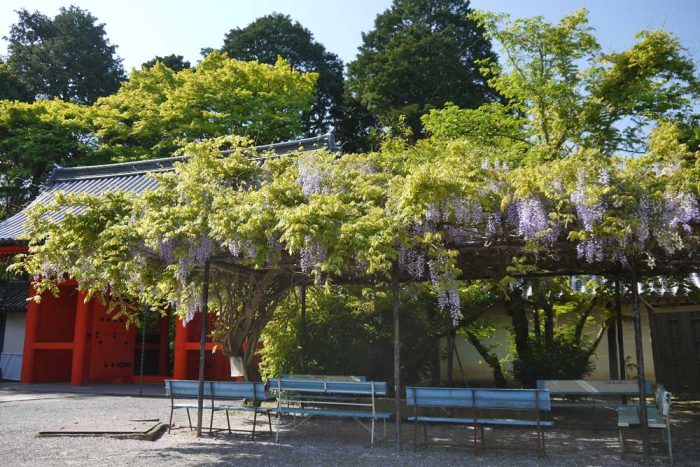
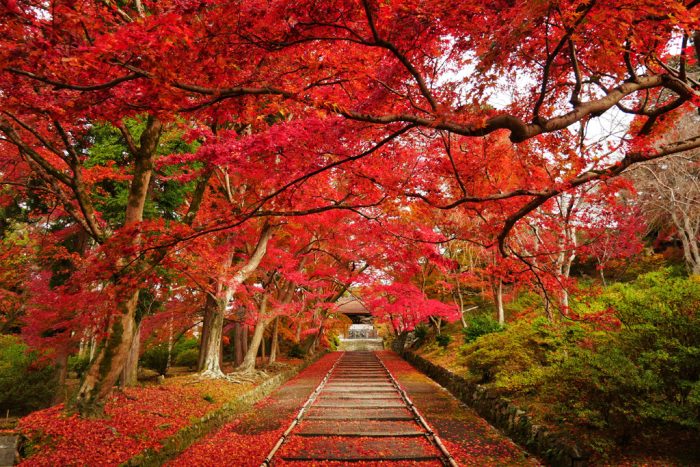
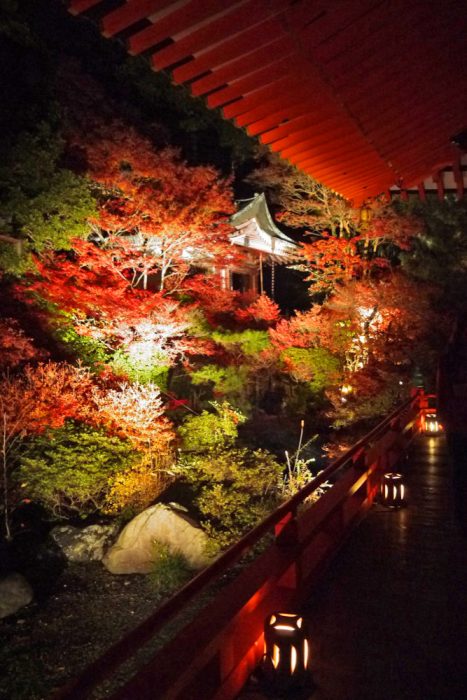
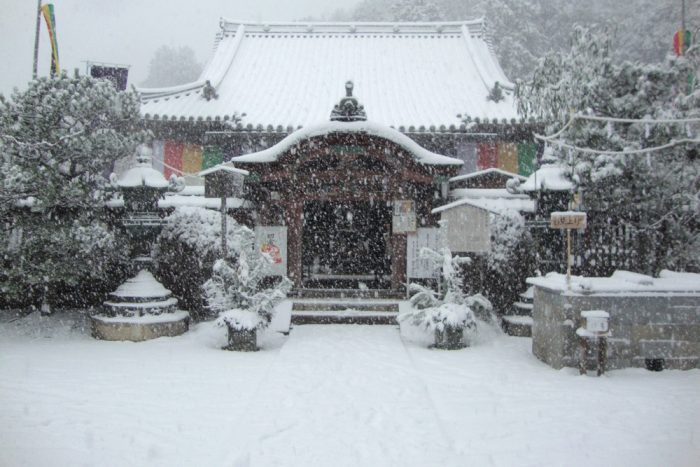
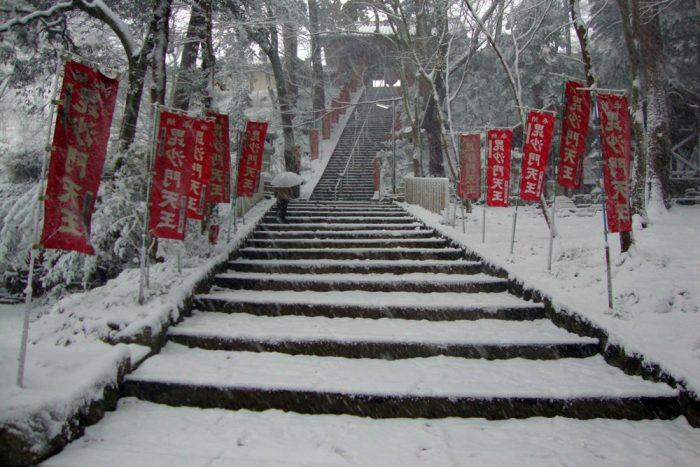
How to access
- Take Biwako Line (R), get off at Yamashina Station, and walk about 15 minutes.
- 15 minutes on foot from Yamashina Station on the Subway Tozai Line
- Keihan Yamashina Station on the Keihan Railway Keihan Keizu Line, about 15 minutes on foot
By car: 10 minutes from the Kyoto Higashi Interchange on the Meishin Expressway. 10 parking spaces are available.
Summary
Bishamondo is a must-see spot where history, architecture, and natural beauty are in perfect harmony. Enjoy the charm of the four seasons and take advantage of the blessings. Visit when sightseeing in Kyoto.
Recommended nearby spots
